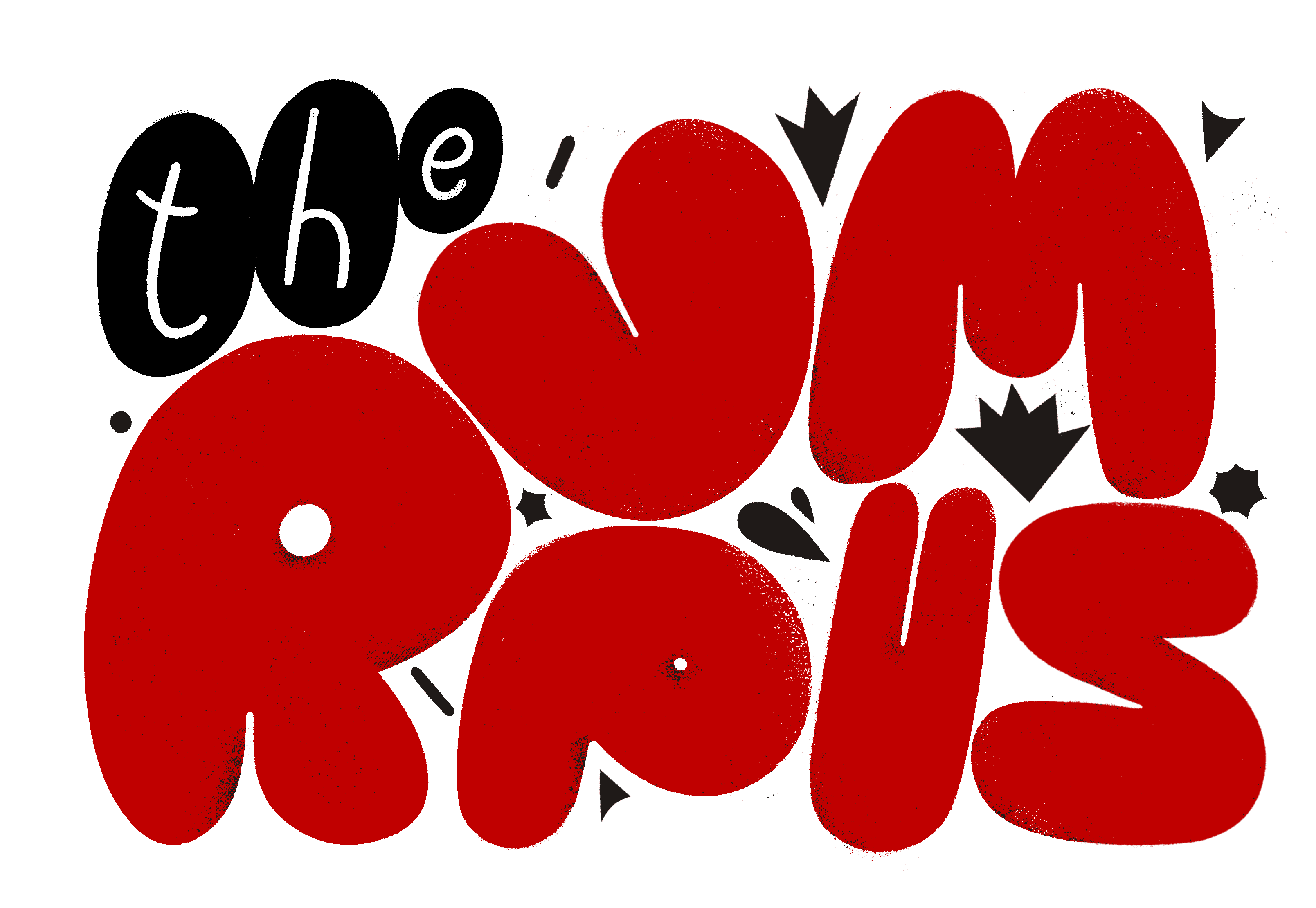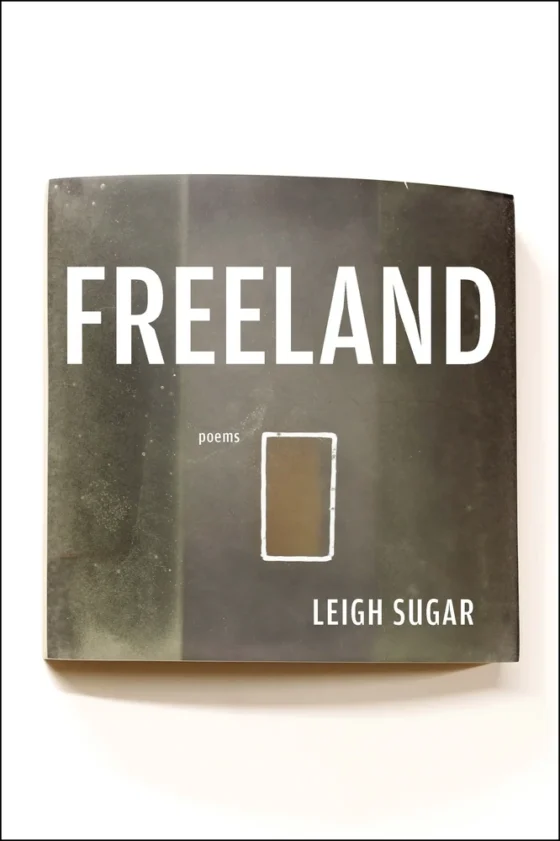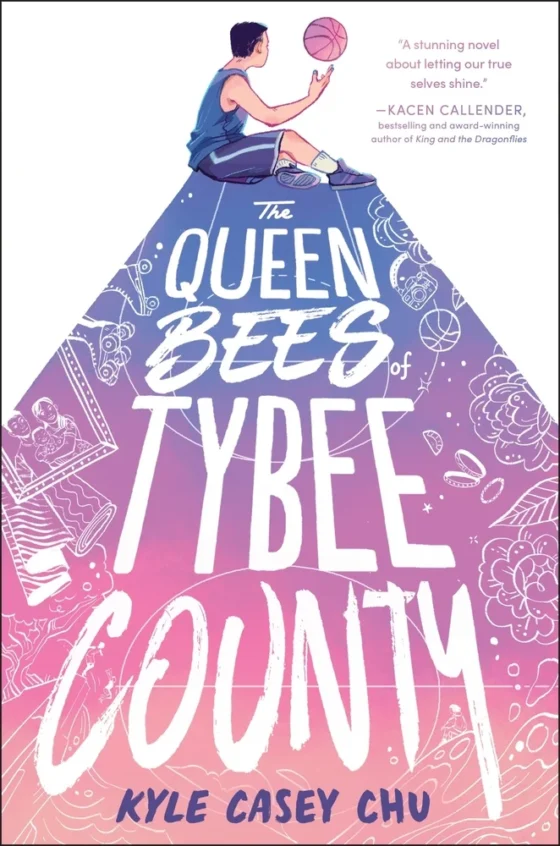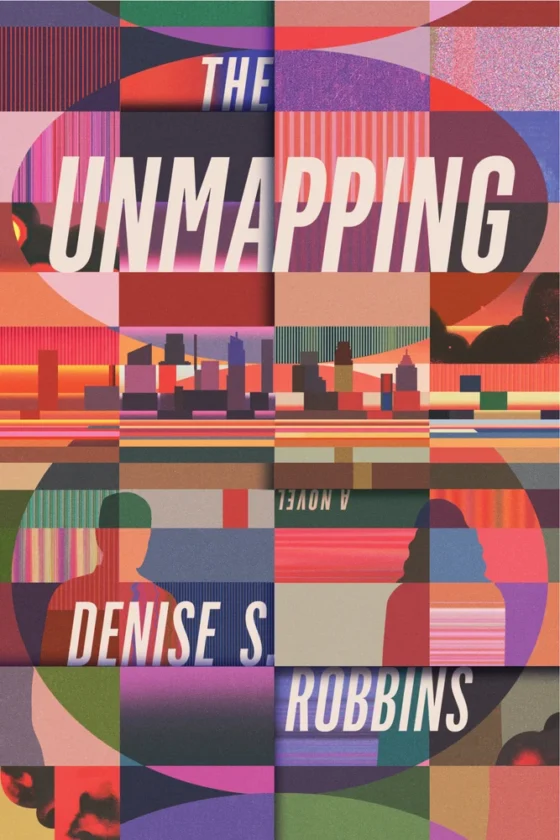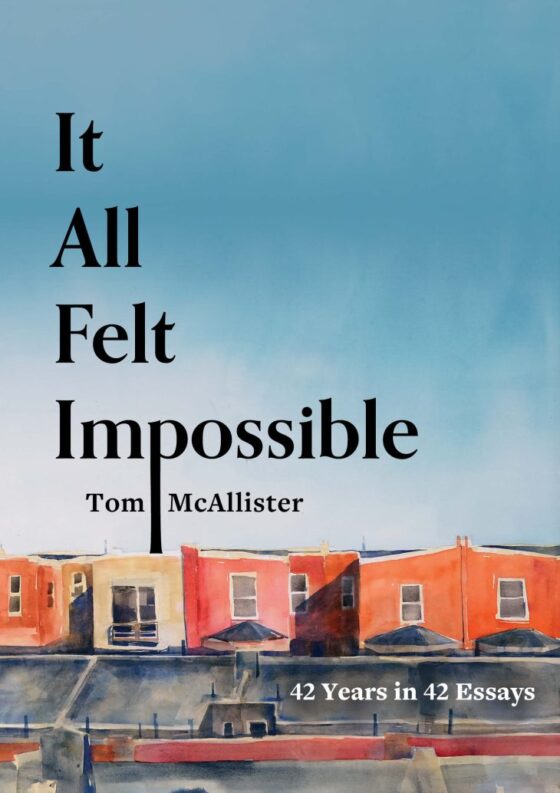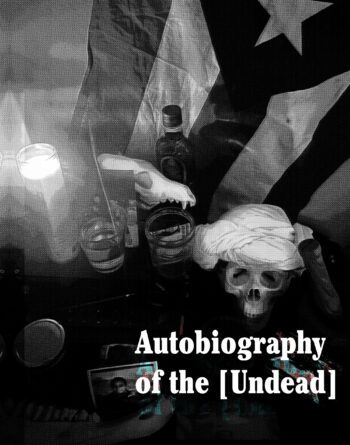
Nine years ago, I tried to write a memoir and failed. And then I kept failing, for many years after (over and over), to bring my book into the world. I don’t think that commonplace, publishing phrasing “into the world” is accidental. The life of a book, it seems to me, is often determined by whether it achieves publication—a wall-banging, pseudo-spiritual, ontological quest for completion, wholeness, recognition, being, value. Along the way, many words-pages-manuscripts are scrapped, tossed to the side; many published works, read and finished; many friends and family, met, loved, and forgotten—what is lost so that a book may live? What is shoveled so that a memoir may memorialize? How many burials is my book guilty of? Countless. In many ways, that is what Autobiography of the [Undead] is about: what gets buried and what inevitably rises from the ground.
What follows is a list of some of my most personal burials. Maybe the best way to go about this is to ask you to imagine you’re walking through a graveyard, and each book listed below is a tombstone. Imagine: inscribed stone—standing or planted, mossed over or newly-minted, ambitiously real and maddeningly symbolic—that you might catch sight of, walk up to, and sit beside; a plot of trodden grass for you to sit on, to return back to for years on end; a recurring meeting place for you and the (un)dead, whether familial or not. At least, that has been my relationship with these books. They are not so much texts that I finished as they are bodies of language that I lived with, flesh that I cannot let go of. (Un)dead kin as bundled, bound paper, porous with memories, both shared and not. If you’re like me, then you might sit with one of them long enough to feel the ground unearthing beneath you: something, or someone, is reaching up for you through the soft, cold dirt.
***
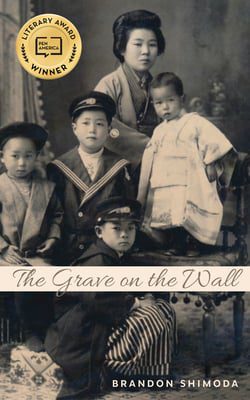
The Grave on the Wall by Brandon Shimoda
“How can I explain the embrace of a ghost?” Shimoda writes early on in his book. Which is to say, how can language capture the way the past holds us? When I first read The Grave on the Wall, I wanted to say, simply, that I had read a memoir about a grandfather; then, I wanted to say, I had read a historical collage of documents, artifacts, memories. Both are right. And neither prepares you for how restless the book is to live inside you.
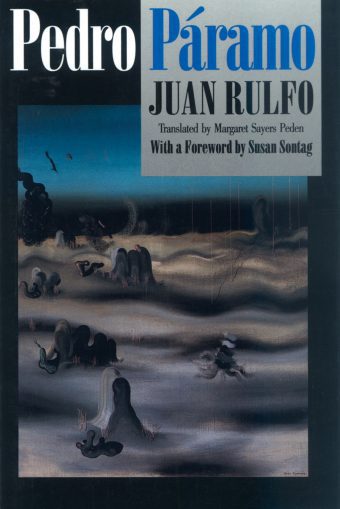
To call Pedro Paramo a ghost story feels woefully pithy. The story’s premise is simple: Juan Preciado promises his mother, on her deathbed, to return to Comala to meet his father. But to enter Rulfo’s novel is to enter a world filled with lives fogged into afterlives, loves grapevined with losses, families wrenched by estrangement. And, of course, political revolution. There is nothing uncanny about the world Rulfo creates, however. Traversing it is like discovering the map of your life you didn’t know existed.
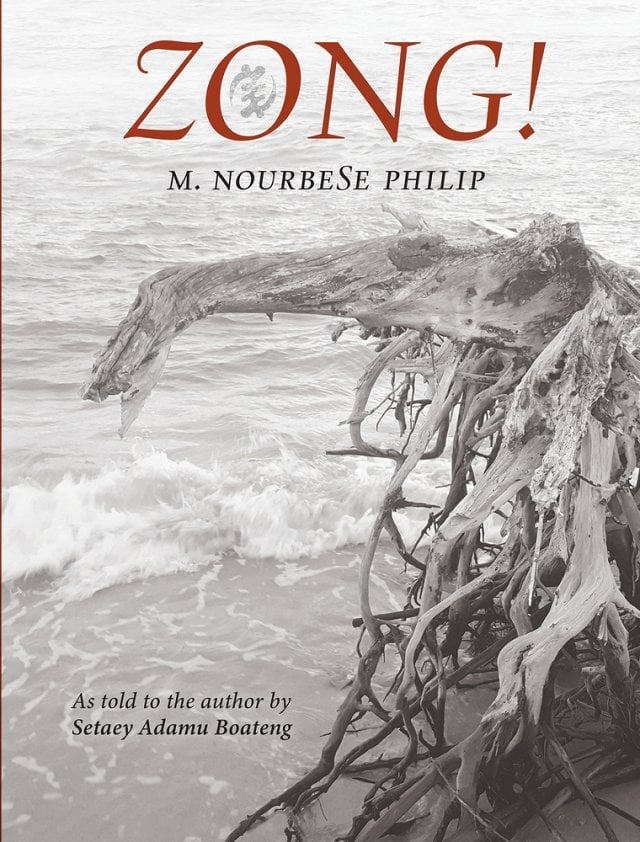
I read Zong! at a time when I felt very hopeless about the possibilities of poetry and creative nonfiction. Philips repurposes (and rewrites) the history of the Zong massacre into poetry. In doing so, she offers readers something more than the vagaries of hope despite the ongoing brutality of anti-blackness. Her book offers the uncomfortable clarity of ghosts that are always already among us.
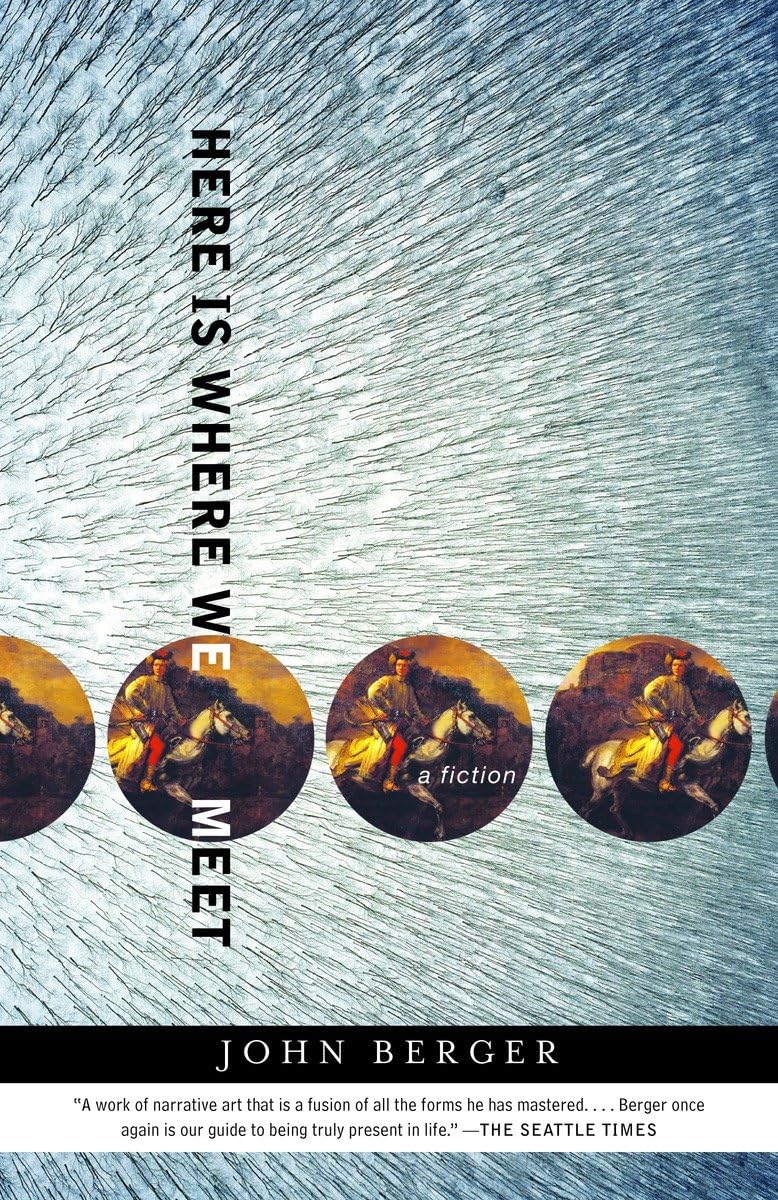
Here is Where We Meet: A Story of Crossing Paths by John Berger
I read John Berger’s collection of autofictional stories right before I started my MFA program nine years ago. At the time, I couldn’t say how or why each story left me disquieted, undone. The stories (where Berger’s deceased mother sits next to him on a park bench; or where a school teacher who died by suicide admonishes him in a restaurant) unfold like a feverish daydream. Like busy sidewalks; voices, ghosts, and histories rush past you on every page.
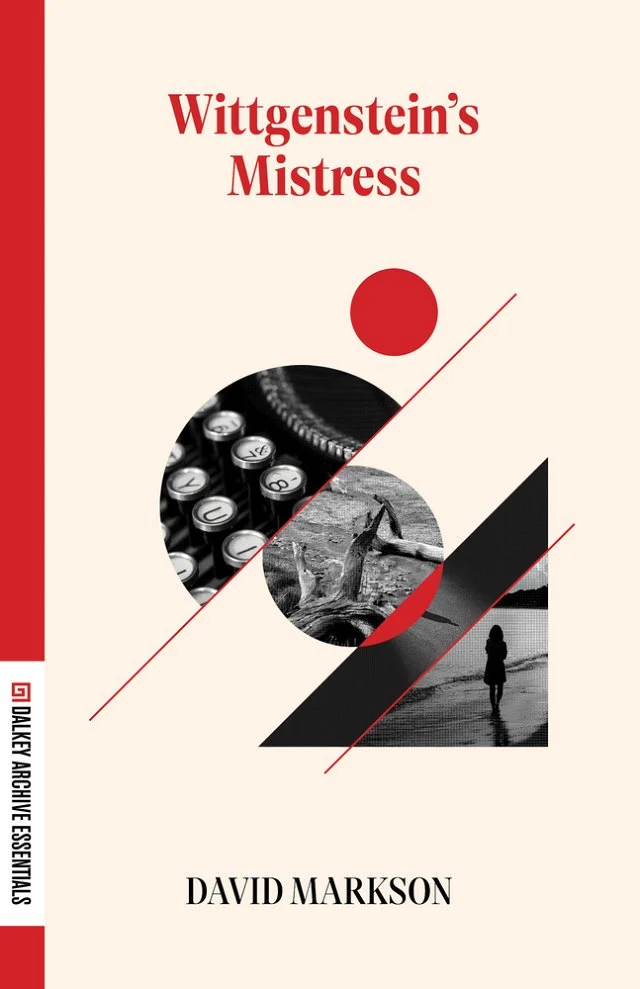
Wittgenstein’s Mistress by David Markson
To this day, I still think about the opening line to Markson’s novel: “In the beginning, sometimes I left messages in the street.” So quietly unassuming, so utterly alone, Markson’s narrator, Kate, playfully and desolately unravels her conviction that she is the last person on Earth. Such unraveling thrusts the reader into a world of absence, one where memories and history desperately rely on the cushioned comforts of oblivion.
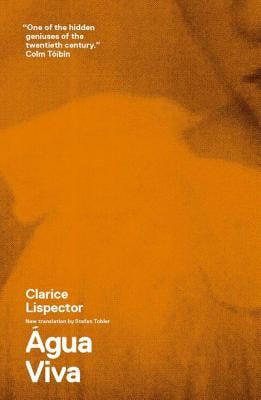
Agua Viva by Clarice Lispector
It is probably impossible to concisely describe Lispector’s Agua Viva. Fragmented, lyrical, philosophical, plotless—these are attempts to ‘categorize’ the book. Really, the only word that feels adequate to me is: outpouring. The book pours into you. It floods you with life.
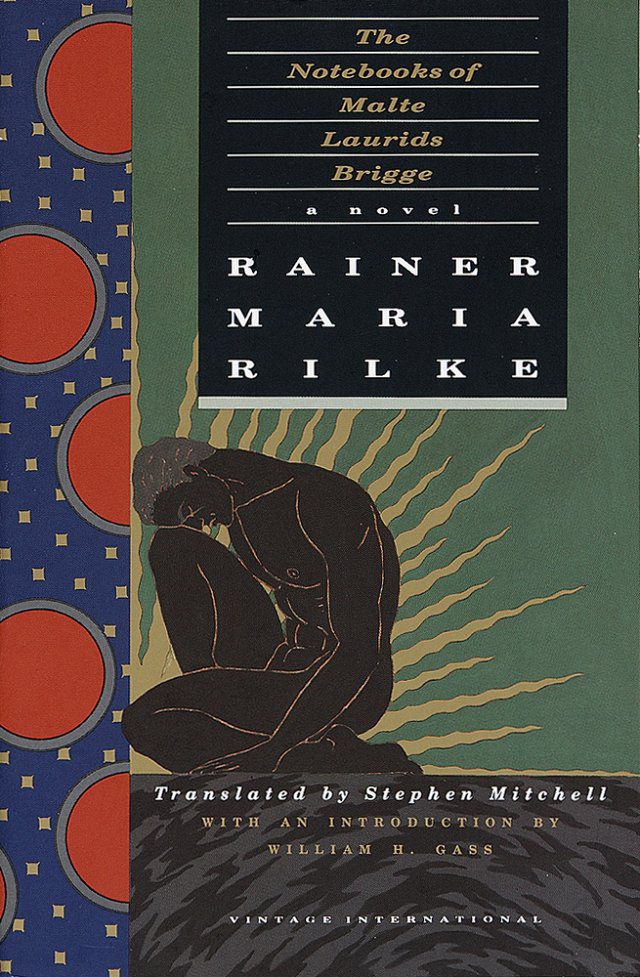
The Notebooks of Malte Laurids Brigge by Rainer Maria Rilke
Written as a series of notebook entries, Rilke’s autofictional novel imagines a man who is obsessed with death. Or death is obsessed with the eponymous Malte Laurids Brigge. The faces of strangers, the rotting buildings, his childhood memories, his muted nights in bed: he and death cannot leave each other alone. Death is janus-faced; friend as also foe. Each notebook entry feels like a restless search, a desperate rummaging for an existential grammar capacious enough to allow life and death to love each other.

Like so many creative nonfiction writers, Bluets was formative to my thinking about the possibilities of the genre. Written as a series of fragments, Bluets invites the reader into Nelson’s obsession with the color blue in all of its many associations, and yet, to suppose I had “fallen in love with a color” (as Nelson muses in the beginning of her book) is a thrilling notion to squeeze as a reader, and was freeing, for me as a writer, to discover because of its creatively bold speculation into truth—a way of writing and thinking (through the self) that refuses answers, only the humming, vibrant hue of consciousness.
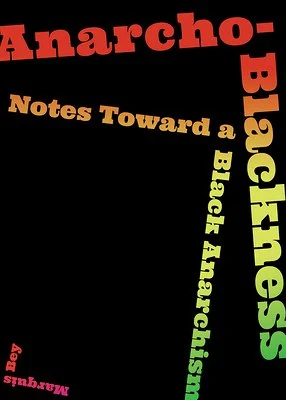
Anarcho-Blackness: Notes Toward an Black Anarchism by Marquis Bey
I read Anarcho-Blackness after attending a talk with Marquis Bey and Robin Kelley. At the book’s roots are questions and notes about disorder and friendship, about how do we cultivate our “primordial mutiny,” our ongoing disruptive friendships in a society that is profoundly antisocial? I was profoundly mired in an antisocial way of writing before I read Bey’s book, a way that ignored, neglected, dismissed, buried the (un)dead. If my book is built upon many graves, then Anarcho-Blackness is the stone that the book is etched into.

Proxies: Essays Near Knowing by Brian Blanchfield
Proxies offers twenty-four “attempts” at knowledge, twenty-four attempts by Blanchfield to write about things he thinks he knows—without the help of any references. No internet, no books, no safety nets of knowledge. Proxies becomes, then, less about knowing and more about failure, about failure’s nearness to knowing. Look: at the unruly beauty of “the queer heart[‘s]” failures. This book gave me permission to fail beautifully.
Honorable Mentions: Testo Junkie by Paul Preciado, We The Animals by Justin Torres, and The Undercommons by Fred Moten and Stefano Harney
These books are honorable mentions. I have too much to say about them, so I’ll just say that they are just as restlessly inside me, just as (un)dead, as the other books on this list. Be friends with them. Let them grab hold of you.
